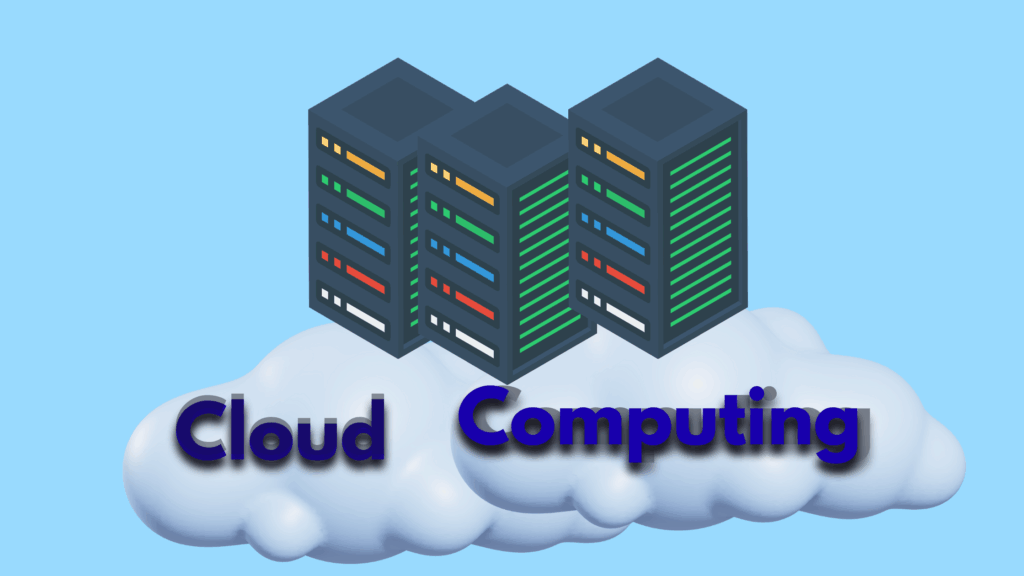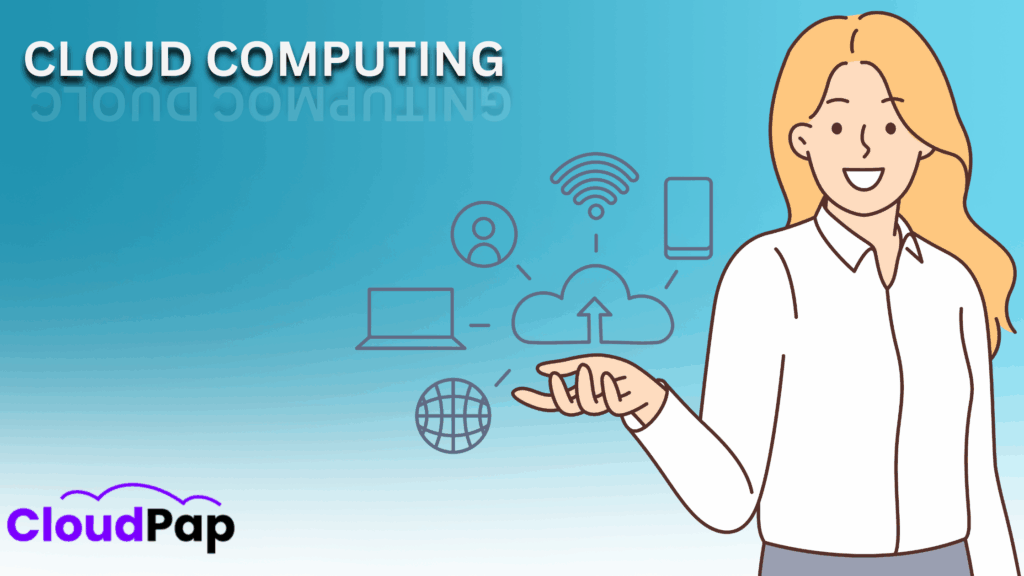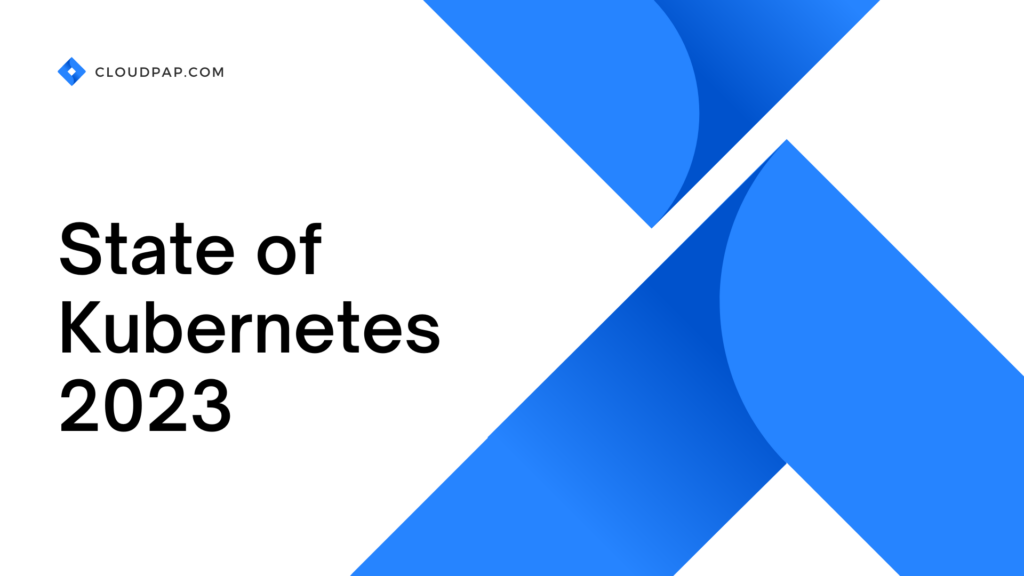Cloud computing is no longer just a backbone of modern business, it is becoming the engine driving the next era of digital innovation.
In 2025, cloud computing developments are transforming how companies think about speed, cost, security, and even sustainability.
From AI-driven governance to quantum breakthroughs, the cloud is evolving in ways that impact everyone from startups to governments. In this blog are some of the key developments shaping the cloud landscape this year.

1) Clouds That Think for You: AI-Powered Governance
If you have ever been hit with an unexpected cloud bill, you know how quickly costs can spiral. That is why one of the most impactful cloud computing developments of 2025 is the rise of AI-powered governance.
Instead of chasing spreadsheets or manually turning off idle servers, businesses now let AI do the heavy lifting. These systems watch workloads in real time, detect waste, and act instantly. They can scale resources down during off-peak hours, move processes to cheaper regions, or right-size instances, all without human intervention.
For startups, this means money stretches further, extending the growth runway. For enterprises, it prevents millions in unnecessary spending. For IT teams, it removes the stress of constantly auditing every workload. The cloud, in effect, is starting to manage itself.
This self-driving model is not just convenient, it is changing the way organizations treat infrastructure budgets, shifting from reactive oversight to proactive efficiency.
2) The Green Cloud Revolution
Sustainability has shifted from nice-to-have to non-negotiable. In 2025, one of the strongest advances in cloud is the push toward eco-friendly infrastructure.
Many providers are investing in energy-efficient hardware. Think things like AI accelerators, Data Processing Units, and confidential computing chips that cut power use while improving performance.
At the same time, data centers are adopting renewable energy, carbon-aware scheduling, and cooling innovations to lower their footprint.
For companies, this shift means real benefits. Lower energy consumption translates to lower costs, and customers increasingly favor brands that take environmental responsibility seriously. The green cloud is no longer just about ethics, it is about competitiveness.
This development is steering the industry toward a future where speed and sustainability go hand in hand. Businesses that align early won’t just cut bills, they will earn credibility in the marketplace.
3) Private Clouds with Public AI Power
For years, enterprises faced a trade-off, the flexibility of the public cloud or the security of private infrastructure. In 2025, cloud trends are rewriting that compromise with private AI clouds.
Platforms like HPE’s Private Cloud AI for example. Powered by Nvidia’s Blackwell GPUs, it gives organizations the ability to run heavy AI workloads, such as generative models and 3D simulations, inside secure, private environments. That means industries with sensitive data, like healthcare or finance, can innovate without sacrificing compliance.
It also opens doors for smaller businesses. Private AI platforms are being offered as managed services, lowering the entry barrier for companies that can’t afford massive AI infrastructure.
The result is that AI is no longer reserved for tech giants, any organization can now use it securely, confidently, and at scale.

4) AI at the Core of Cloud Platforms
Most people think of the cloud as a place where AI runs. In 2025, that relationship has flipped, AI is now running the cloud itself. This is one of the most defining cloud computing developments of the year.
Take Oracle’s partnership with Google. Through embedding Gemini AI models into Oracle’s cloud platform, businesses can now create, analyze, and automate workflows natively.
Be it generating marketing content, analyzing supply chains, or automating security checks, AI capabilities are no longer add-ons, they are core features.
This shift transforms cloud platforms into innovation engines.
Instead of renting raw compute power, companies gain access to AI-driven services ready out of the box. The cloud becomes less about infrastructure and more about intelligence.
Now, for everyday businesses, this means AI-powered analytics without hiring data scientists, or automated workflows without writing thousands of lines of code. For developers, it is a playground of prebuilt tools that accelerate innovation.
As AI becomes embedded in the cloud’s DNA, expect platforms to act less like passive infrastructure providers and more like active collaborators.
5) Governments Go All-In on Cloud
Public institutions haven’t always been early adopters. But in 2025, governments worldwide are embracing the cloud at record speed.
In the U.S. alone, FedRAMP modernization has enabled more than 100 services to gain approval this year, over double the pace of the year before.
Agencies that once resisted digital migration, from defense to healthcare, now see the cloud as reliable and secure enough for mission-critical operations.
This adoption sends a strong message. If governments, often the most cautious users, can trust providers, then enterprises and consumers can too. It also raises the bar across the ecosystem, pushing vendors to meet stricter compliance and security requirements while still keeping services fast and usable.
The ripple effect? More consistent standards, stronger security baselines, and greater adoption across industries worldwide. Governments moving to the cloud legitimizes it further, encouraging faster uptake among businesses that were once cautious.
Cloud adoption is no longer optional for public institutions, it is becoming the standard. And that shift reshapes the entire ecosystem.
6) From Multi-Cloud to Supercloud, and Quantum-as-a-Service
Enterprises used to worry about being locked into a single provider. The answer was multi-cloud. The multi-cloud approach, which means using multiple providers to avoid lock-in, has matured into one of the most revolutionary cloud computing developments, the supercloud.
Supercloud acts as a unifying layer that manages AWS, Azure, Google, and others through one interface. Instead of juggling separate platforms, businesses get seamless integration, simpler governance, and better performance.
Meanwhile, quantum computing is stepping into the spotlight through Quantum-as-a-Service (QaaS). Businesses can now access early-stage quantum systems through the cloud without owning quantum hardware.
While we are still years from mainstream adoption, QaaS is unlocking breakthrough opportunities in drug discovery, cryptography, and optimization problems.
These breakthroughs mark a new era of cloud evolution. It is no longer about choosing one provider, but about orchestrating them all, and gaining access to technologies that were once out of reach.

7) Edge + Hybrid = Instant Everything
If you have streamed a movie, joined a video call, or tested an AR/VR app, you know delays ruin the experience. That is why one of the most important cloud computing developments of 2025 is the rise of edge computing combined with hybrid models.
Edge computing processes data closer to where it is generated, like a hospital, factory, or even a car. Hybrid setups then connect those edge nodes with central clouds, balancing speed and resilience.
Analysts estimate that by the end of this year, three-quarters of enterprise data will be processed outside traditional data centers. This statistic highlights how quickly the model is becoming mainstream.
The result? Instant responsiveness, smooth apps, and infrastructure designed for industries where real-time action is critical, from healthcare to gaming.
When it comes to businesses, edge plus hybrid means applications that feel instant, services that never go offline, and the flexibility to process data wherever it makes the most sense. For consumers, it means smoother streaming, faster apps, and smarter devices.
8) Sovereign Clouds: Local Control for a Global World
One of the quieter but most important cloud computing developments in 2025 is the rise of sovereign clouds. Put simply, these are cloud platforms designed to keep data within a specific country or region, so that local laws, not foreign ones, decide how it is stored and protected.
Why does this matter? Imagine a hospital in Germany using U.S-based servers. If regulations clash, suddenly patient data is caught in a legal tug of war. Sovereign clouds solve that problem by keeping sensitive information close to home while still offering the speed, scalability, and flexibility we expect from the cloud.
Governments, especially in Europe, are leaning heavily into this approach. Big tech providers are partnering with local operators, and regional players are gaining momentum.
At the end of the day, sovereign clouds are about trust. Customers, governments, and industries want reassurance that their data is safe, legal, and under their control. And in a world where digital borders matter almost as much as physical ones, this trend is only going to grow.
Why These Trends Matter
These changes are not just technical words we are throwing around. They affect how organizations spend money, reduce waste, build trust, and reach customers. AI governance saves costs automatically.
Green infrastructure improves both performance and reputation. Private AI platforms balance power and compliance. Government adoption boosts trust. Supercloud and QaaS unlock new frontiers. And edge-hybrid fusion delivers instant, reliable experiences.
It doesn’t matter if you are a startup founder, an IT leader, or simply a user, the choices cloud providers make in 2025 shape your digital experience. Staying ahead means not just watching these shifts, but acting on them.

In Conclusion
2025 is a landmark year for cloud computing developments. AI is transforming governance, sustainability is driving infrastructure, and breakthroughs like supercloud and quantum access are opening doors we never imagined. The cloud has grown into an ecosystem that is intelligent, adaptable, and resilient.
The big question isn’t whether you will use it, it is how you will take advantage of this next wave of innovation.
Ready to grow with confidence? Tap into Cloudpap’s fast, affordable cloud hosting, expert support, global reach await your next project.



